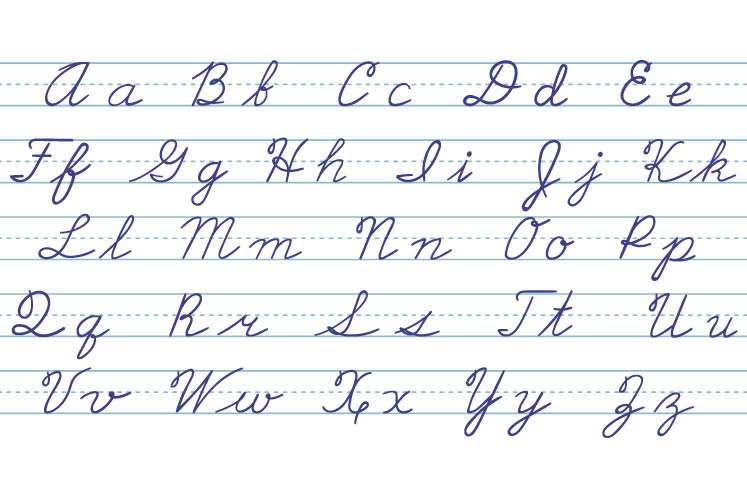Little Things
When it comes to young people, is it always ‘out with the old, in with the new’? Not always, finds editor Signe Ball.
I recently read a story in The Atlantic titled “Gen Z Never Learned to Read Cursive.” The author, former Harvard president Drew Gilpin Faust, relates her discovery that about two-thirds of the students in an undergraduate seminar she had been teaching couldn’t read the handwritten Civil War manuscripts they had been assigned to review.
Her shock was similar to my own when I discovered my teenage granddaughter, Kate, needed a translator to read the birthday note I gave her. Kate is the cohort of one by which I measure all changing norms.

Many of those changes are little things that bear on not much. On a trip to an antique market, Kate was intrigued by an old camera with an accordion lens. Holding it at arm’s length, she puzzled, “How do you see what you’re trying to photograph?” On a ride in a vintage car, she was asked to roll down the window. She fumbled at the door, then asked. “Where’s the button?” And she has only a passing acquaintance with compass points – her phone does the navigating. Once as I recounted getting lost while driving through the industrial wasteland near the airport, I mentioned I had kept the setting sun on my left knowing I was heading north and would find a familiar road soon enough. Kate was as awed by the strategy as if I’d been following day-old wolf tracks.
Gilpin Faust notes that in the arc of history, the widespread ability to write is itself a relatively recent development. Once mostly exclusive to the privileged, it wasn’t until the mid-19th century that “more than 90 per cent of the white population in America could both read and write.” She concludes that for better or worse, cursive writing will inevitably be lost. In the future, she speculates, we will “become reliant on a small group of trained translators and experts to report what history – including the documents and papers of our own families – was about.”
Or maybe not. As Janice Quirt reports in this issue, the digital native generation are discovering for themselves the tactile and soul-soothing pleasures of engaging with the analog world – vinyl records, film cameras, real books and, yes, handwriting. Hard to say if it’s just a fad, or whether millennials and gen-Zers really are finding their own healthy balance between the undeniable efficiencies of technology and what 16-year-old Flora Dickison describes as the “old school” ways that are “more creative, flexible to our own personalities, and a perfect way to escape.”
As for Kate, now 19 (and able to accurately two-thumb type on her phone without looking at the keyboard – a feat of astonishing dexterity to me), she taught herself cursive writing and takes her university lecture notes by hand, because, she says, “it’s the only way I can remember them.”






